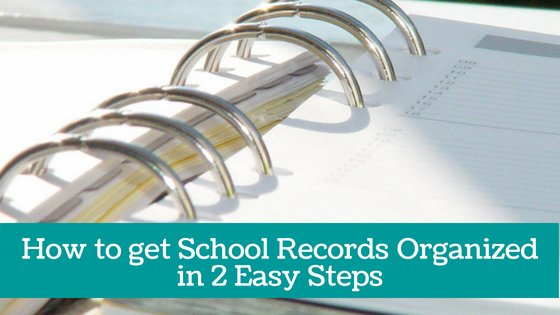Are you stuck deciding between a public college and a private college?
Many students and their families face this dilemma.
Maybe you’ve decided you’ll never be able to afford a private college. Or you think a public university or state school won’t have the course offerings you need.
Each has its own benefits, but there are considerations about private colleges and public universities that could make either one a better choice for you.
Either way, there are plenty of misconceptions about post-secondary institutions.
Whether you’re a prospective student or the parent of one, this post should help clarify differences between public universities and private colleges, to help you make the most informed decision.
Let’s start with the basics.
What is a private college?
Private colleges are privately funded institutions that rely on tuition, endowments, and donations for their funding.
However, these schools may still receive tax breaks, grants, and loans from the government.
Private colleges can often dictate their own policies, but depending on where they’re located, they may still be subject to government regulation.
Private colleges almost always have fewer students. The average enrollment at a private college is 1,900 students or less.
It’s also estimated that about 20 percent of post-secondary students in the United States attend private colleges.
What is a public university?
Unlike a private college, a public university is publicly funded, which means tax dollars are the primary source of income for these schools. Usually, they are operated by state government entities.
When you hear of “state schools”, they’re almost always referring to public universities. Some states have more than 30 of these institutions, and each state has at least one.
So, now that we know the fundamental definitions of public universities and private colleges, let’s dive into some other important differences.
Tuition
State-funded schools were largely built to offer an affordable post-secondary option to its residents. After all, the taxes they pay go toward funding public universities. For that reason, public universities often have lower tuition rates for residents from that state than a private college would.
That being said, there are often bigger scholarship opportunities available to private college students, so don’t count them out just yet if you’re worried about cost!
Financial aid, grants, and scholarships.
If you compare the sticker price of private college tuition to public university tuition, the private college will be higher.
Just look at this data from the US Department of Education for average total tuition, fees, and room and board rates charged for full-time, four-year undergraduate students in degree-granting institutions for 2015/2016:
Private college: $48,510
Public university (in-state): $21,370
Public university (out-of-state): $37,430
If you look only at those numbers, you might make up your mind right then and there that a private college is too expensive for you.
But wait till you hear what I have to tell you next.
There are some very sizable financial aid options available to eligible students who go to a private university!
So sizable, in fact, these financial aid packages and grants often offset tuition cost enough that attending a private college could be comparable to—or even less expensive than—attending a public university.
Scholarship opportunities for private college students may also be much greater than they are for public university students.
While we’re on the topic, take a look at this post I wrote about not letting the college sticker price fool you at first glance.
Size.
Another important distinction between public universities and private colleges is the student body and class size at each.
As I mentioned, most private colleges have an undergraduate class of around 1,900. Public universities, on the other hand, may have an undergraduate class at least ten times that size.
Understandably, with bigger student bodies there tend to be bigger class sizes.
For students who prefer a smaller class size and more individualized learning experiences, this factor may draw them to a private college.
But a larger student body population can also have its advantages, including a broader selection of course offerings.
Course offerings.
As I mentioned, bigger schools often offer more course selections for their students because they have the student body to fill those courses.
For students who want a wide selection of courses and degree options to try, a public university might be the ideal choice.
When a student has a particular focus (liberal arts, for example) a private college may be the perfect choice.
If you happen to be one of those students looking for a private college with a liberal arts focus, I recommend you have a look at this post where I outline why Williams is the #1 liberal arts college in the country.
Choosing between a public or private school.
There’s no doubt that choosing the right school for you is one of the most important decisions you’ll make. To help you with this decision, we’ve outlined some key differences between public and private post-secondary schools.
The best choice for you often comes down to price, location, where you’re accepted, and course offerings.
It’s important to remember not to write a college off at first glance without doing research into available options to help with tuition and other costs.
I offer plenty of other free resources for help with choosing a college—you’ll find those right here.
Need a little more guidance?
For one-on-one support and other resources to help you or your child get into (or pay) for college click here.
If you’d like to learn more about getting into college and getting money for college, don’t miss these articles either:
How to Save Time When Seeking Money for College
7 Ways to Support Your Child During the College Application Process
How to Avoid Overpaying for College



















